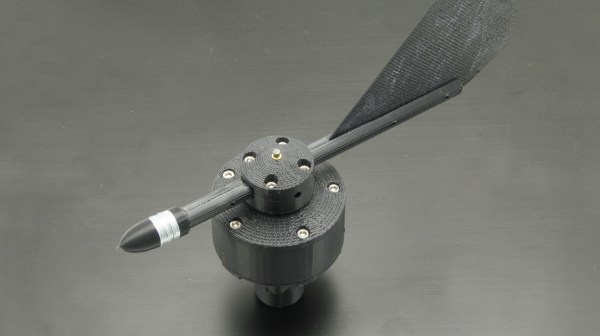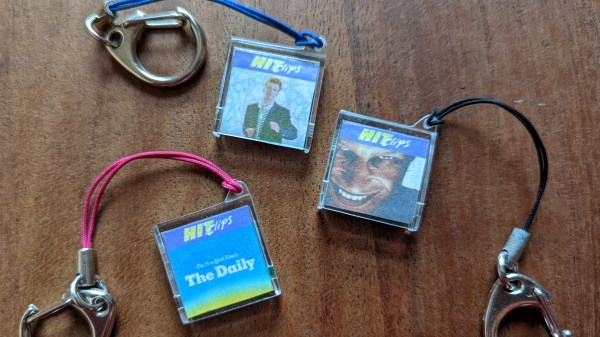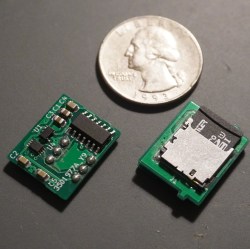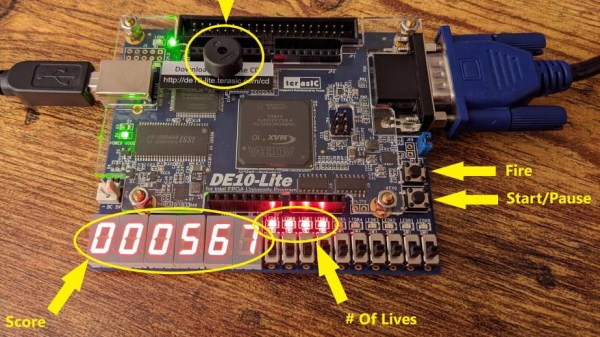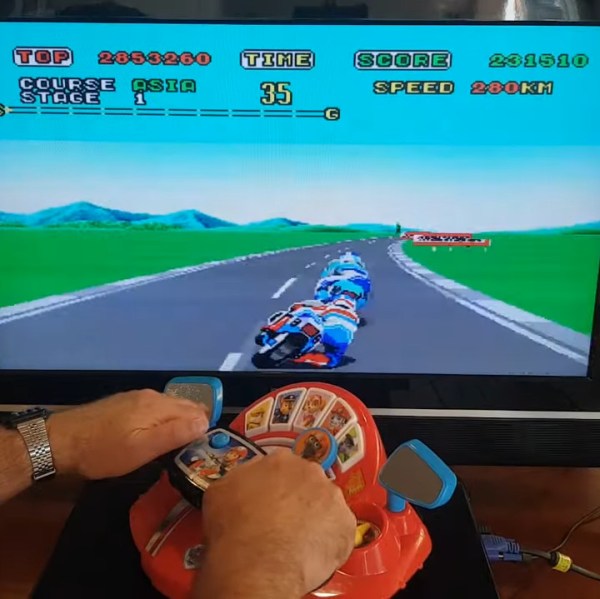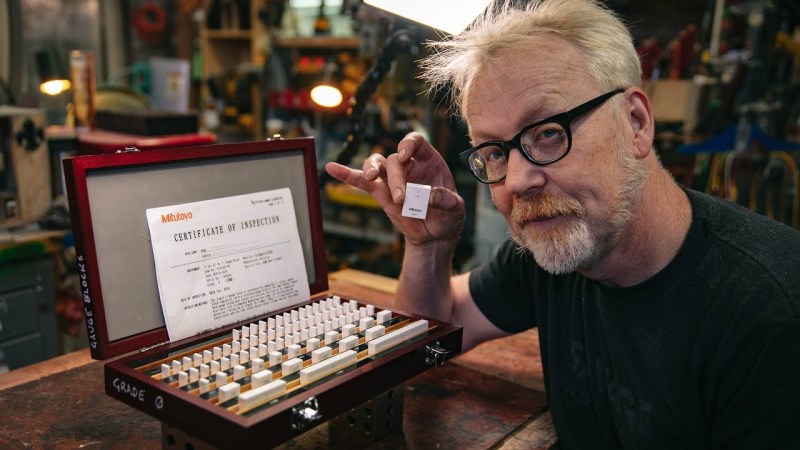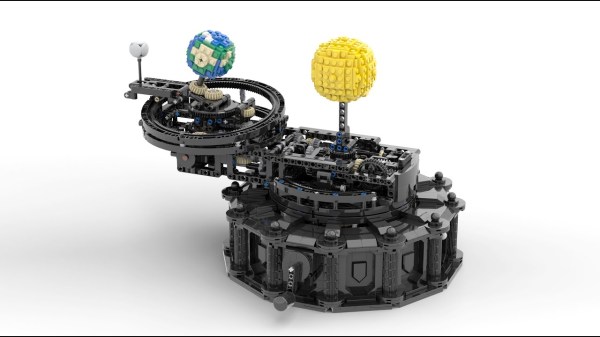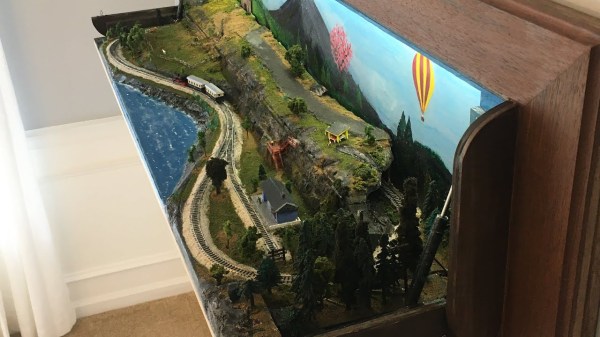Have you ever wondered how an electronic wind vane translates a direction into a unique signal? It seems as though it might be very complicated, and indeed some of them are. [martinm] over at yoctopuce.com has an excellent writeup about measuring wind direction using just a single, easily printed disk and some phototransistors.
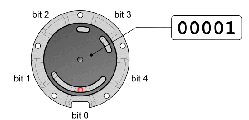
Commercial weather vanes often use complicated multi-tracked disks with magnets and reed switches, conductive traces and brushes, or some other means of getting a fine resolution. Unfortunately some of these are prone to wear or are otherwise more complicated than they need to be.
What makes [martinm]’s solution unique is that they have applied previous research on the subject to a simple and durable 3d printed wind vane that looks like it’ll be able to handle whatever global warming can throw at it. The encoder’s simplicity means that it could likely be used in a large number of applications where low resolution position sensing is more than enough- the definition of a great hack!
Adding more tracks or even more disks would enable higher resolution, but the 12 degree resolution seems quite good for the purpose. Such a neat wind vane design will surely be welcome if you want to 3d print your own weather station. Thanks to [Adrian] for the great tip!

